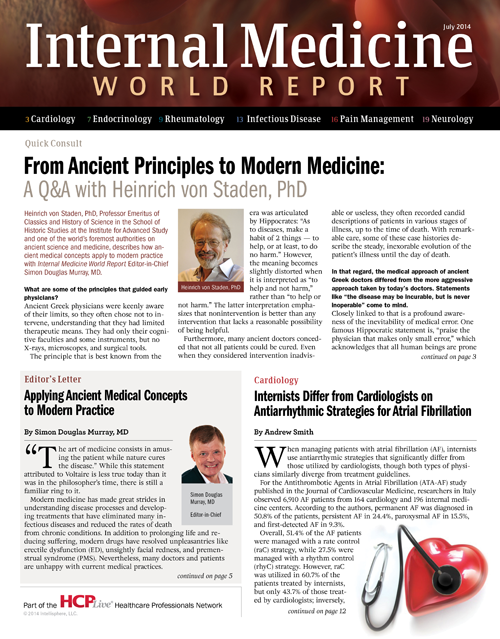Chronic Pain at Multiple Body Sites Hinders Health Factors Related to Old Age
As patients age, their ability to adjust to physical changes in their bodies can directly effect how they perceive their lives progressing.

As patients age, their ability to adjust to physical changes in their bodies can directly effect how they perceive their lives progressing.
In a recent study published in Rheumatology, researchers in the United Kingdom examined how patients perceive the number of pain sites (NPS) that impact their overall health-related quality of life (HRQOL).
For the study, the investigators mailed a questionnaire to adults aged >50 years residing in North Staffordshire. Among other tools, a 12-item short form health survey, a mental component summary (MCS), and a physical component summary (PCS) were included in the questionnaire. All of the survey participants were provided with a blank body pain manikin on which they were asked to shade in areas where they experienced pain that lasted more than one day over the past month.
The researchers reportedly received a total of 13,986 responses from individuals, of whom 12,408 returned complete pain data. Although the average NPS was 4, the survey data demonstrated that a higher NPS was directly linked to lower scores on the MCS and PCS tools.
“In older populations, there is evidence of a dose-response relationship between the extent of pain … and some health outcomes related to older age,” the study authors wrote. Such potential problems can include poor lower extremity function, falls, disability, and sleeping issues, they said.
According to the researchers, the NPS can impact not only a patient’s physical and mental health, but also other factors of life, including the ability to sleep.
“Furthermore, the prevalence of pain that interferes with daily life continues to increase with age, from 32% in women aged 50-59 years, to 50% in those aged ≥80 years,” the authors added. “With the predicted increase in the percentage of the population aged ≥50, chronic musculoskeletal pain and its main consequence … in older people will become an increasing problem for clinicians working in primary and secondary care relative to that of other chronic diseases in the next 20 years.”
Although measuring a person’s NPS is largely an objective task, accounting for HRQOL is, in many ways, more subjective, as the investigators called it “a concept that represents an individual’s perceived health status and overall physical and mental well-being that is not specific to any disease.”
The survey results also depicted variation based on gender, as female respondents reported a greater NPS than their male counterparts. Health and socioeconomic circumstances like smoking status and routine manual labor also heavily affected the results, the researchers found.
After reviewing the final survey data, the authors concluded their hypothesis that a person’s NPS is directly linked to his or her HRQOL was proven true and “persisted after adjustment for age, sex, social factors, health behaviors, morbidities, and consultation for osteoarthritis (OA).”

2 Commerce Drive
Cranbury, NJ 08512
All rights reserved.